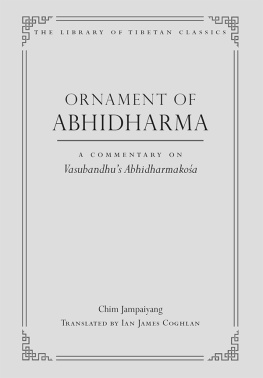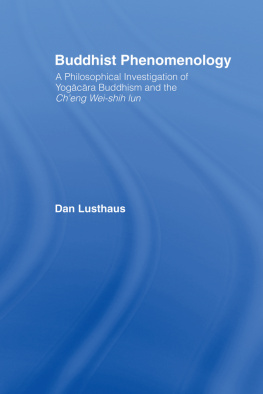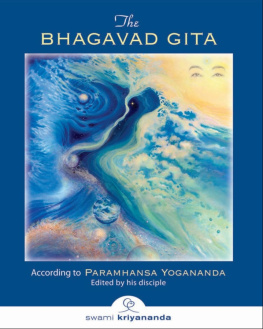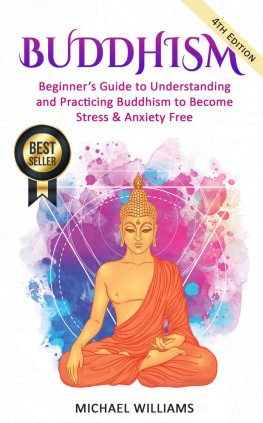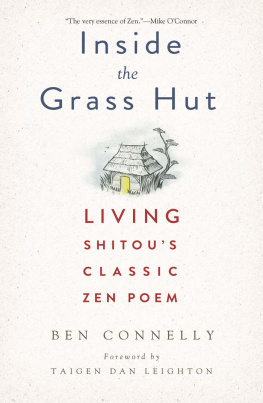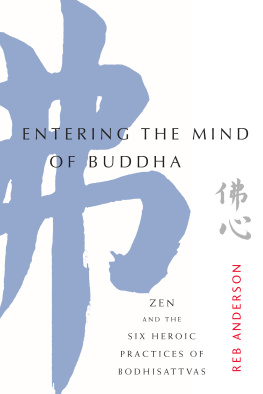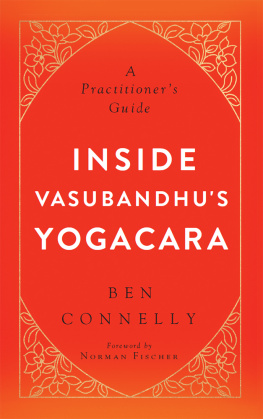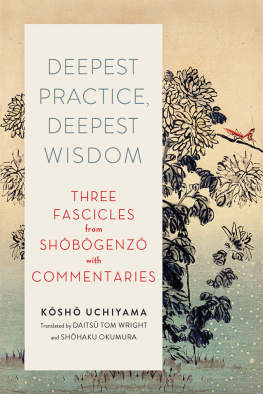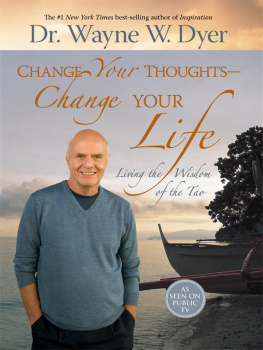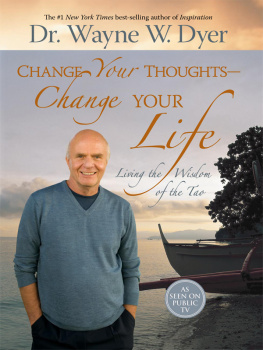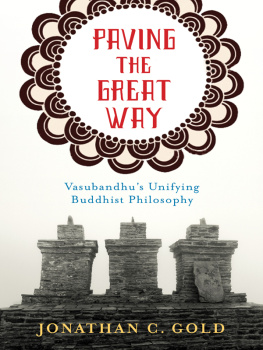A practical, down-to-earth guide to mind-only philosophywhich can transform modern life and change how you see the world.
In Inside Vasubandhus Yogacara, author and teacher Ben Connelly sure-handedly guides us through the intricacies of Yogacara and the richness of Vasubandhus Thirty Verses on Consciousness Only. Dedicating one chapter of the book to each verse of the poem, he helps us understand this profound work from a titan of Buddhist thought. Connellys warm and wise voice unpacks and contextualizes Vasubandhus wisdom, showing us how we can apply his ancient insights to our own modern lives, creating a life of engaged peace, harmony, compassion, and joy.
A readable, accessible starting point for verbal understanding, contemplation, and meditative maturation. Connellys clarity and refreshing humility invite a wide range of practitioners into the view and methods of the Consciousness-Only school. Shosan Victoria Austin, San Francisco Zen Center
This is a great introduction to a philosophy, a master, and a work whose influence reverberates throughout modern Buddhism.
BEN CONNELLY is a Soto Zen priest in the Katagiri lineage. He lives in Minneapolis, Minnesota, and is the author of Inside the Grass Hut: Living Shitous Classic Zen Poem.
Foreword
BY N ORMAN F ISCHER
You have in your hands a wonderful booka product of what I call Buddhisms third wave.
I think of original Buddhism, in all its many manifestations in the many countries where it arose, as Buddhisms great first wave. It rose up out of the deep waters of our first great cultures, when monarchs ruled the world in feudalistic agrarian societies, and writing was new. Developing in midst of such social arrangements, Buddhist teaching could not help but be influenced by them.
I call the initial encounter of this first Buddhism with contemporary thought and culture the second wave. Its task was to be as faithful as possible to Buddhisms ancient wisdom while making it understandable and relevant in the new context. Historically, the second wave began in the mid-nineteenth century, with the Wests discovery of Buddhism, and has continued more or less until the present.
And now we have a third wave, represented by this book and its author. In this third wave, Buddhism is fairly well established as a spiritual practice everywhere in the contemporary world. The inevitable early exaggerations and cultural misunderstandings of Buddhisms adoption into the West having been more or less overcome, Westerners like Ben Connelly can now train in Buddhism steadily for decades under Western teachers with a lifetime of experience in the practice. For teachers like Ben, Buddhism is more natural and normal than it was for people of my generation. When I began Buddhist practice in the late 1960s there were almost no Western Dharma centers. It took me a few years to hear of the San Francisco Zen Center, then newly formed as the first major Buddhist center in the West. By the time Ben began his practice, Zen and other Buddhist centers had been long established all over the country.
Naturally, the literature produced by these three waves of Buddhism differs. The first wave gave us the primary ancient texts that have survived through the generations. The second wave needed good translations of primary sources, initial introductory texts by the great Asian teachers who first transmitted the teachings, and informal interpretations by the first Western teachers trying to find a new voice for this ancient wisdom. The third wave, just beginning, is now giving us wonderful books like Inside Vasubandhus Yogacaracontemporary Western commentaries to traditional texts, grounded in solid practice.
We are past the moment of being introduced to and amazed by this great teaching. Now we are ready to learn how to make use of it for the lives we are living here in our time.
A key aspect of this third wave is that it arises withor perhaps has given rise tothe mindfulness movement, a secular approach to Buddhism grounded in mindfulness meditation and associated practices. Aligned with contemporary Western psychology and, especially, with a range of research on cognitive processes, mindfulness has had a profound impact on how Buddhism is understood in the modern worldand how the modern world understands itself. While first-wave Buddhism was clearly an Asian religion, third-wave Buddhism erases the boundary between religion and spirituality, faith and praxis, East and West. For most Buddhists today, practice has to do with how we live, how we train our minds and hearts, how we, in Bens phrase take care of our consciousness.
Third-wave Buddhist teachers like Ben stand on the shoulders of their predecessors. They have a solid understanding of the traditional teachings, but they do not simply take them as is. They ask of them, what works? What can be useful and practical for the contemporary practitioner? They assume, as this book does, that the teachings are already ours and that it is up to us to find out how to apply them.
Vasubandhus Thirty Verses is a famous text, important for more than seventeen hundred years. When I first looked at early attempts at translation and commentary, I was immensely impressedand intimidated. I could barely understand it. So I am frankly amazed by Bens daring and skill to undertake this project so successfully. He and his learned colleague Weijen Teng have made a new, clear translation of the Sanskrit text, and Ben has provided a straightforward and eminently useful commentary.
Yogacara thought is subtle and hard to fully appreciate. And yet, as the Buddha himself noted, we are all philosophers, full of dysfunctional ideas about reality. So it is in our best interests to examine these ideas and disabuse ourselves of the worst of them. In this book Ben manages not only to explain Yogacara thinking, but to show how it fits into the edifice of Buddhismand, most importantly of all, demonstrate its relevance for the contemporary practitioner who is concerned to be mindful and humane in her living.
How, I wonder, can Ben accomplish such a difficult task? Maybe its because he is a musician. As a person who likes to read philosophical texts, I have noticed that there is music to meaning. When you begin to hear the song behind the words, the words become clear. This, it seems to me, is the magic that Ben has wrought in his book: hes heard Vasubandhus song and has sung it for us, in our own idiom and situation.
I feel very fortunate to be around for this new wave of Buddhism, to be able to learn and benefit from it. And I am grateful for this book, and for the friendship of its marvelous author.
Introduction
Thank you for joining me in this opportunity to engage with the Way, to engage with an opportunity, available in each moment, to offer our attention and effort to peace, wellness, and harmony.
I am writing this so that we can bring some old and beautiful wisdom to life, so that together we can celebrate and take up the most concise and practical text of one of the most revered and influential figures in Buddhist history. Vasubandhu showed his compassion and appreciation for us through a lifetime of devotion to the path of freedom and well-being for all, and we have this chance to give this love and appreciation right back with our own investigation and practice. Yogacara teachings may seem hard to understand at first, but by being with them together we can see that they show a comprehensive and powerful model for how to devote our lives to universal well-being.
In this book, Ill spend a minimum of time digging into the many and fascinating philosophical implications of Vasubandhus Yogacara; instead, Ill devote my energy to showing how it can provide a template for compassionate engagement with what is here right now. Together, we can be empowered by these teachings to dive joyfully and kindly into life.



